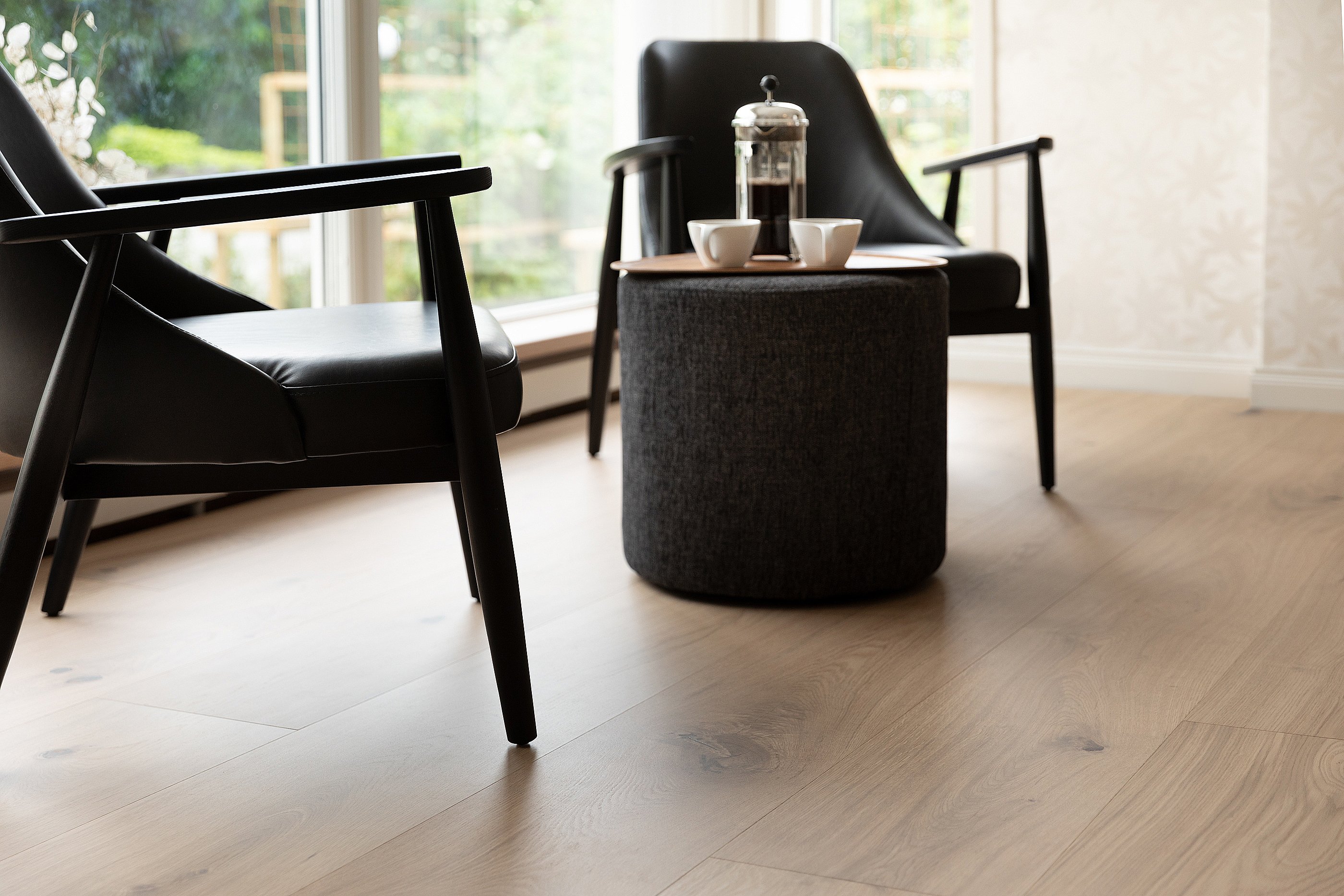How do you measure wear resistance?
How do you measure wear resistance?
When purchasing a floor, it is important to understand if the product is suitable for the area it is intended to be installed in. The international standard for classifying and grading the wear resistance of floors, actually laminate floors, is a measure called AC class.
The AC class indicates the wear resistance of the floor and was previously indicated on the scale AC1-AC6. Today it is divided according to class and area of use. This means that a floor that is installed in a home environment has Class 22 even if it is approved for a public environment where the same floor has Class 32.
Class and area of use
Home environment
Class 22 (AC2) : Moderately trafficked areas with low wear and tear. Perfect for e.g. bedroom, dining room or living room etc.
Class 23 (AC3) : Heavy traffic rooms. Fits well in e.g. kitchen, hall, corridor etc.
Public environment
Class 32 (AC4) : Moderately trafficked environments with normal wear and tear. Suitable for e.g. office, cafe, shop, etc.
Class 33 (AC5) : Hard to heavily trafficked surfaces. Suitable for e.g. shops, restaurants and schools etc.
ISO standard
Home environment
Class 22 (AC2) : EN ISO 10874 Class General Residential
Class 23 (AC3) : EN ISO 10874 Class Heavy Residential
Public environment
Class 32 (AC4) : EN ISO 10874 Class General Commercial
Class 33 (AC5) : EN ISO 10874 Class Heavy Commercial
